Iran (IMNA) _When we look at how Islamic motifs are interlaced, we can see that they are mathematically sophisticated patterns.
The symmetry provided by geometric patterns can go on indefinitely, and the biggest class of patterns found in interlacement is complicated, regular polygons such as a five-pointed star in a circle.
Geometric forms in Islamic art are frequently based on repeating squares and circles, which can be overlapped and interlaced, as can arabesques (with which they are frequently paired with), to make detailed and complicated patterns, including a vast range of tessellations.
A striking feature of Islamic archtecture that is borrowd by Isfahani craftmen is wooden Girih artworks, that is inspired by wooden lattice works used on windows for privacy and climate control.
In Persian style, the geometric forms are sticking together by precise joinery and the pressure they exert on each other created by careful calculating, cutting, and arranging.
The diversity of geometric pattern arrangements employed in Girih artwoks are endless. Any geometric design can be utilized, but absolute symmetry is required for the Girih frame to be functional and secure. The art of Girih has been regarded as a valuable and impressive type of carpentry and creativity in Isfahan.
Let's see how Isfahani carpenters use woodworking tools to carve intricate designs.
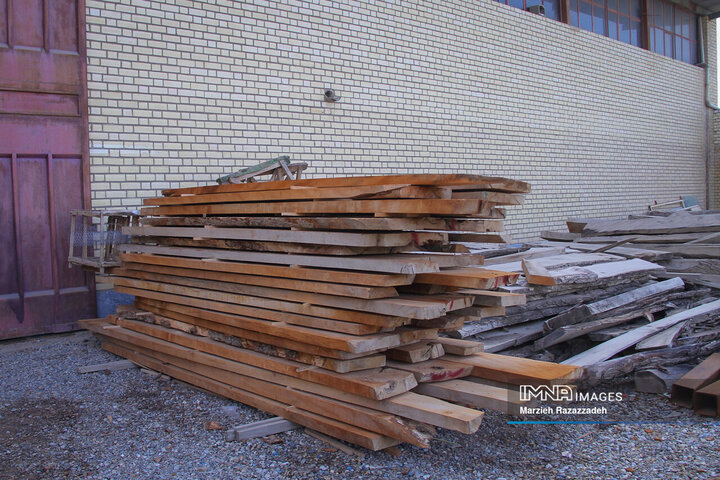

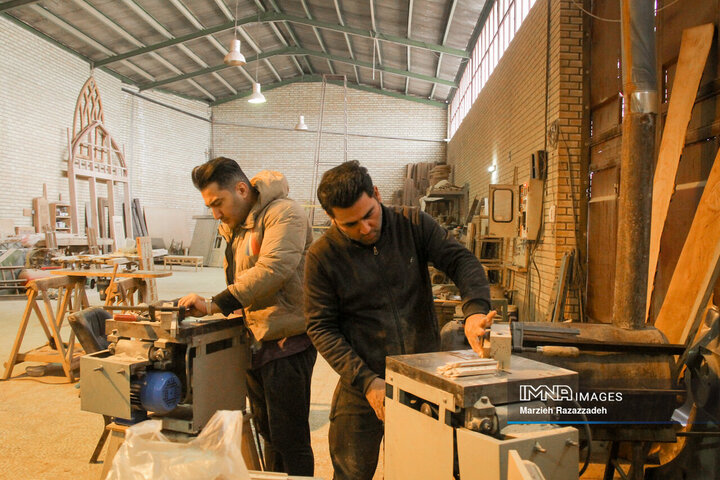
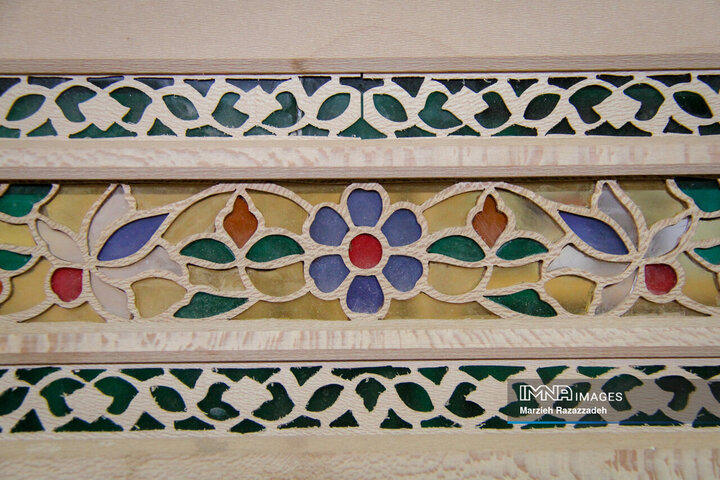
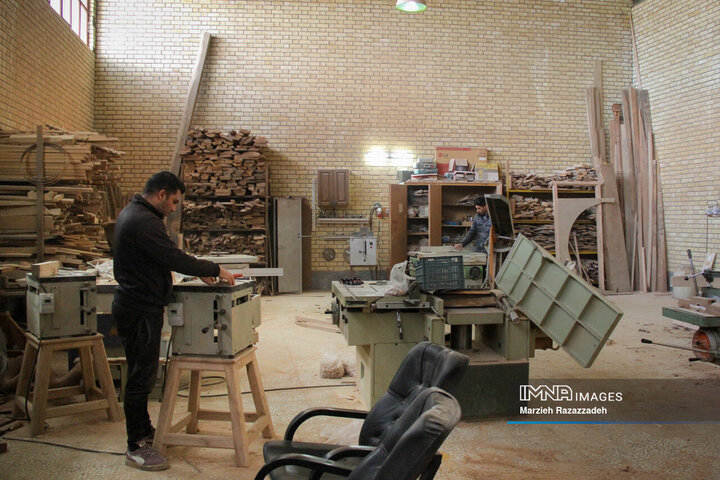
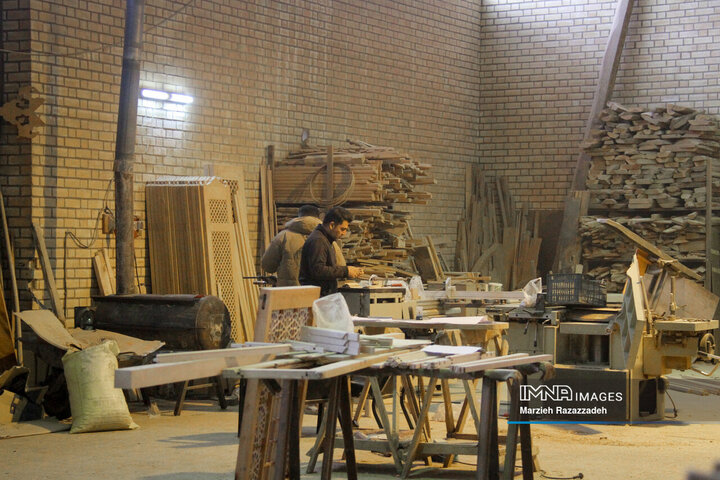
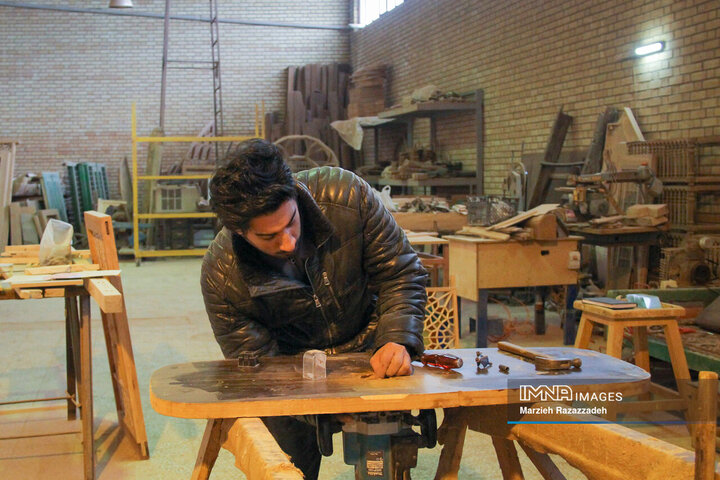
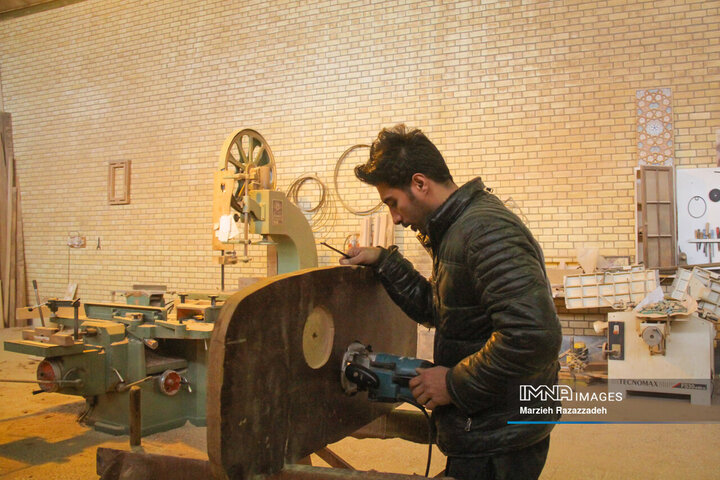
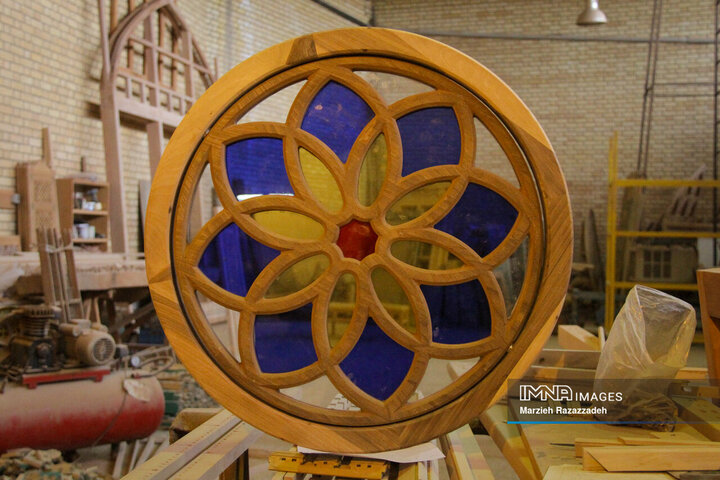
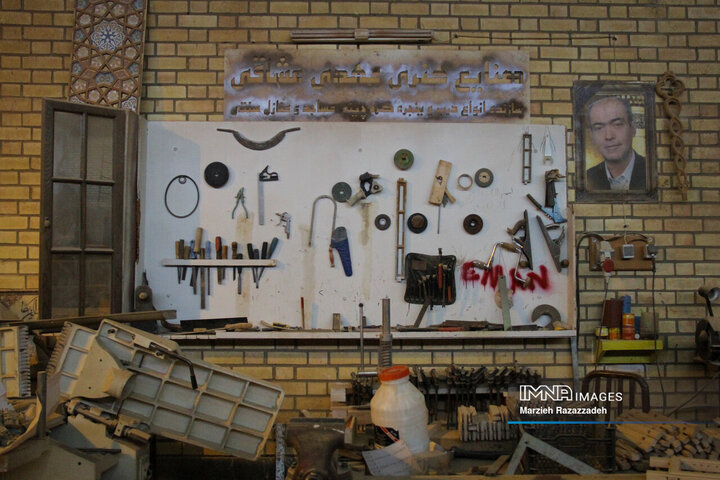
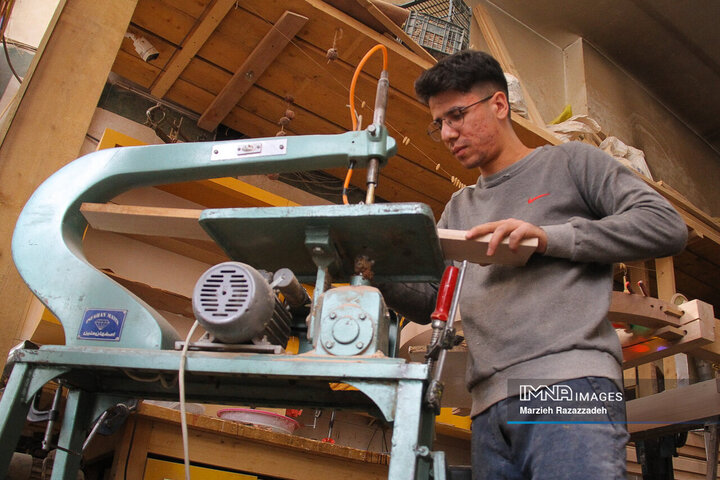
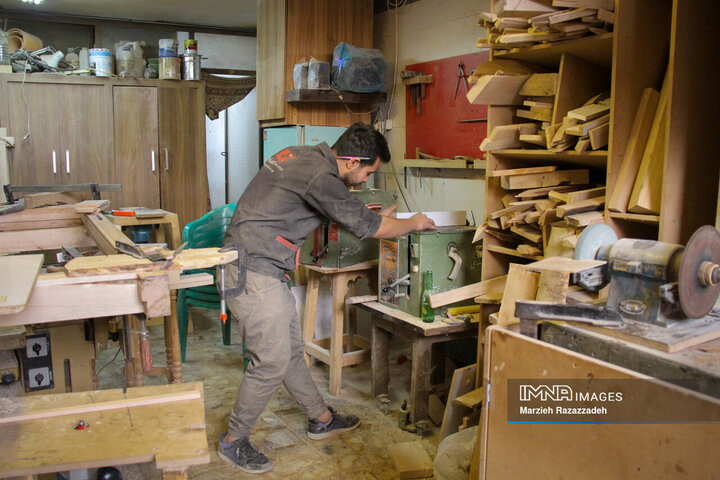
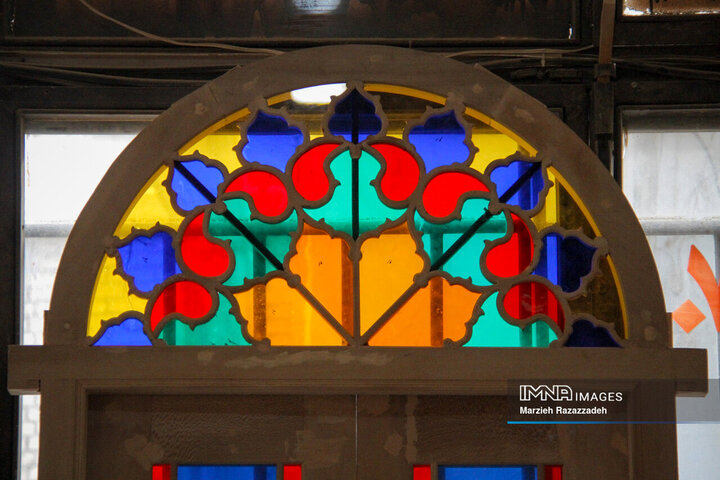
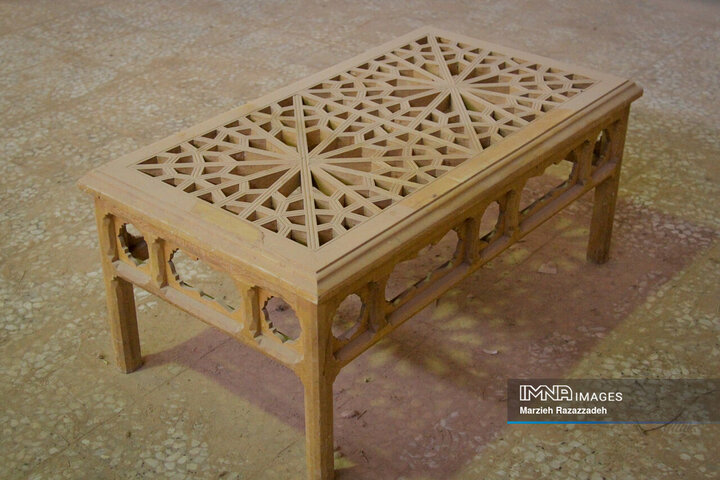
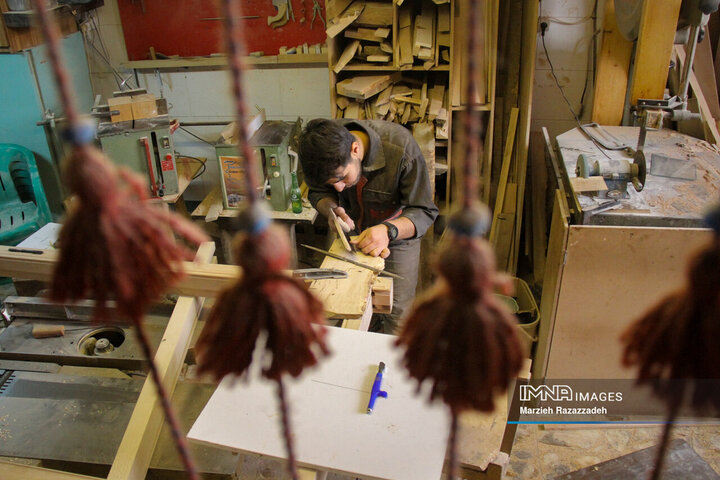
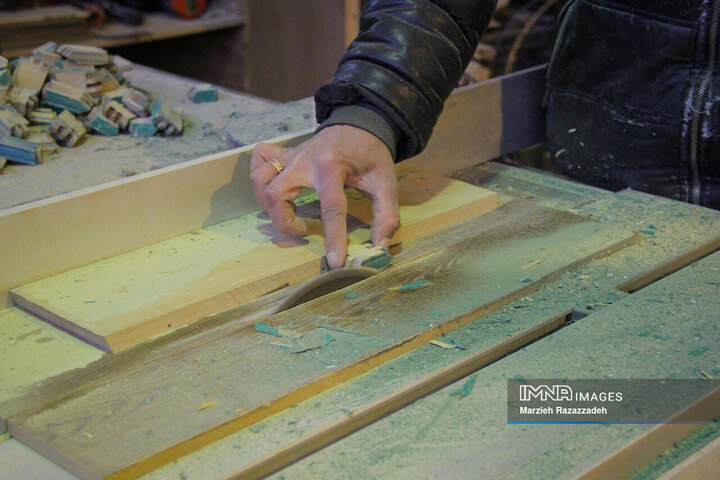
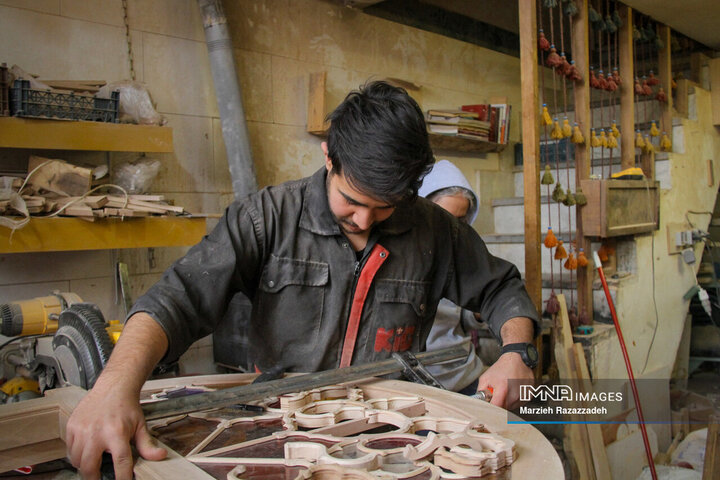
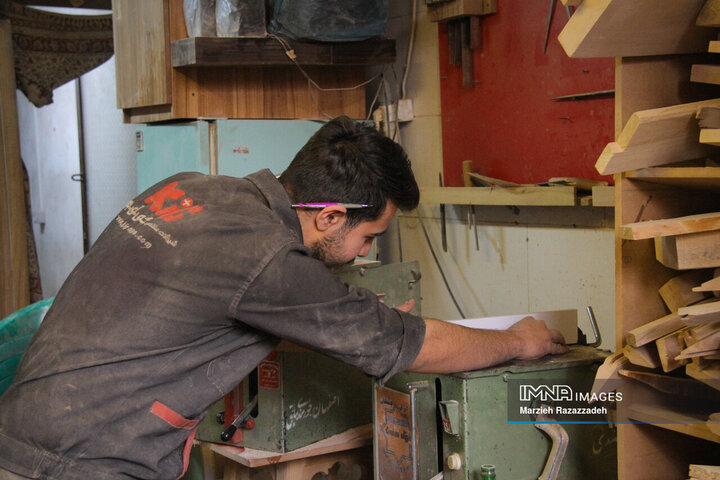
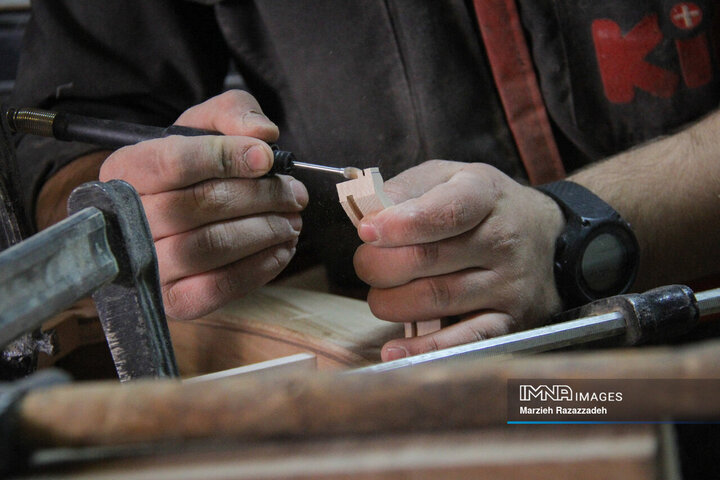
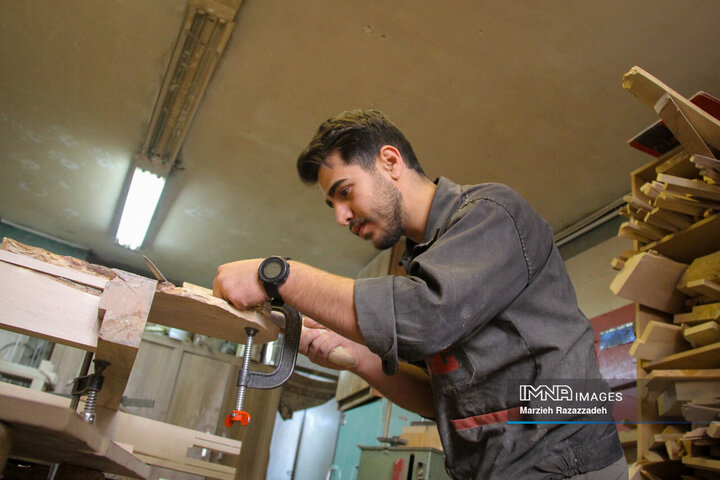
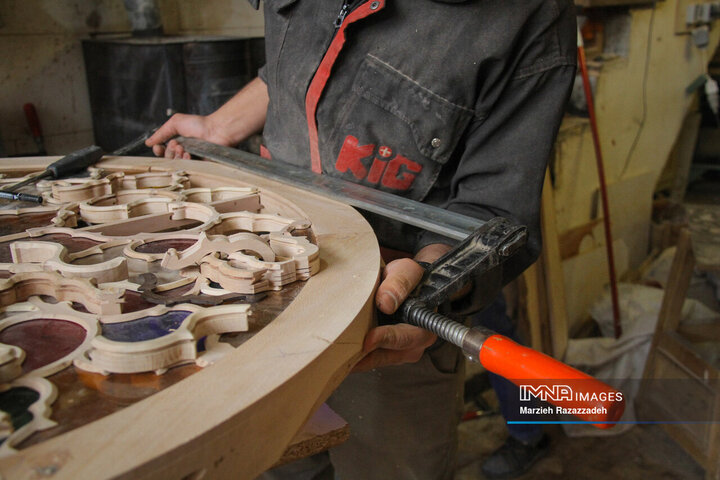

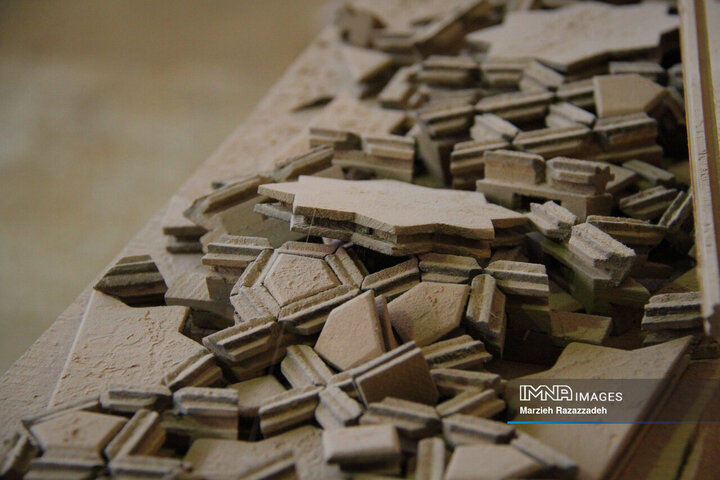

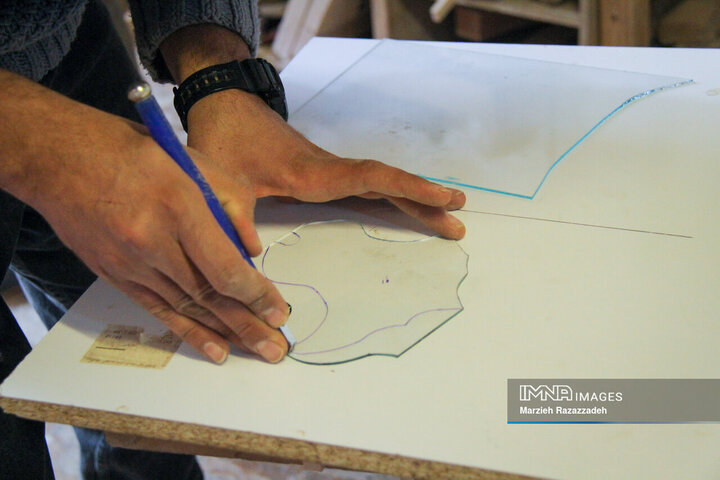
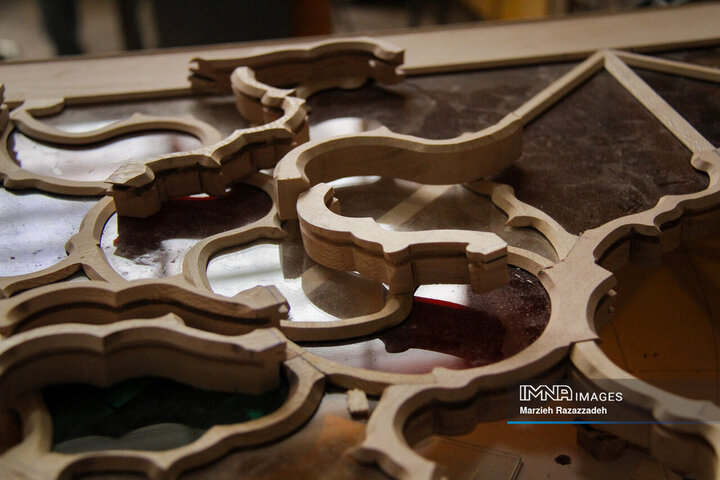
Your Comment